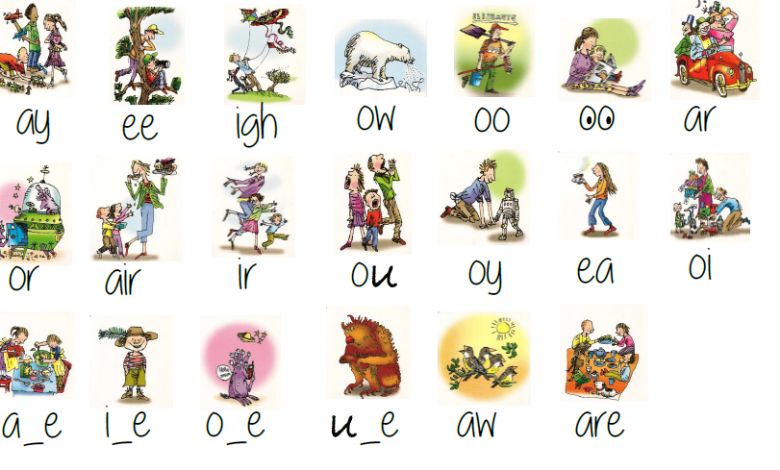

Keep your exclamation points under control.I have a character in one of my books tell how she used to write historical romances “full of rape and adverbs.” The writer is now exposing himself in earnest, using a word that distracts and can interrupt the rhythm of the exchange. To use an adverb this way (or almost any way) is a mortal sin. Never use an adverb to modify the verb “said” ….I once noticed Mary McCarthy ending a line of dialogue with “she asseverated,” and had to stop reading to get the dictionary. But said is far less intrusive than grumbled, gasped, cautioned, lied. The line of dialogue belongs to the character the verb is the writer sticking his nose in. Never use a verb other than “said” to carry dialogue.I don’t want hooptedoodle to get mixed up with the story.” But I wish it was set aside so I don’t have to read it. Spin up some pretty words maybe or sing a little song with language. Sometimes I want a book to break loose with a bunch of hooptedoodle. I like some description but not too much of that. figure out what the guy’s thinking from what he says. I want to figure out what he looks like from the way he talks. He says: “I like a lot of talk in a book and I don’t like to have nobody tell me what the guy that’s talking looks like.

because a character in the book makes the point of what my rules are all about. There is a prologue in John Steinbeck’s Sweet Thursday, but it’s O.K. A prologue in a novel is backstory, and you can drop it in anywhere you want. But these are ordinarily found in nonfiction. They can be annoying, especially a prologue following an introduction that comes after a foreword. If you happen to be Barry Lopez, who has more ways to describe ice and snow than an Eskimo, you can do all the weather reporting you want.

The reader is apt to leaf ahead looking for people. If it’s only to create atmosphere, and not a character’s reaction to the weather, you don’t want to go on too long. Leonard then goes on to lay out the ten commandments, infused with his signature blend of humor, humility, and uncompromising discernment: If you have a facility for language and imagery and the sound of your voice pleases you, invisibility is not what you are after, and you can skip the rules. These are rules I’ve picked up along the way to help me remain invisible when I’m writing a book, to help me show rather than tell what’s taking place in the story. He prefaces the list with a short disclaimer of sorts: The essay, which inspired the Guardian series that gave us similar lists of writing rules by Zadie Smith, Margaret Atwood, and Neil Gaiman, was eventually adapted into Elmore Leonard’s 10 Rules of Writing ( public library) - a slim, beautifully typeset book, with illustrations by Joe Ciardiello accompanying Leonard’s timeless rules. On July 16, 2001, Elmore Leonard (October 11, 1925–August 20, 2013) made his timeless contribution to the meta-literary canon in a short piece for The New York Times, outlining his ten rules of writing.


 0 kommentar(er)
0 kommentar(er)
